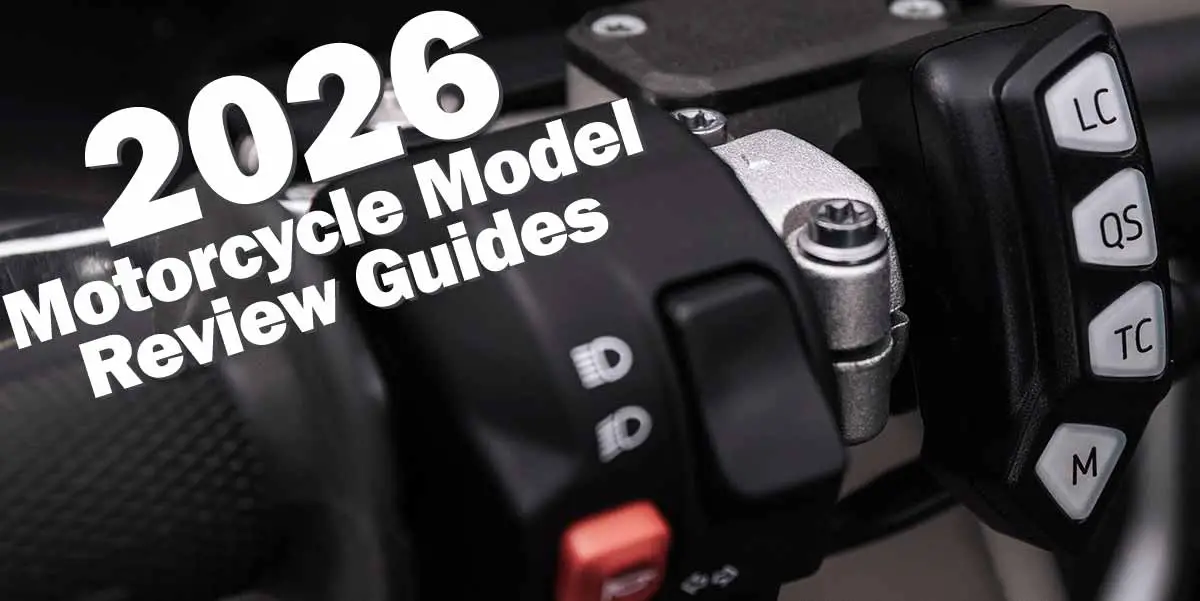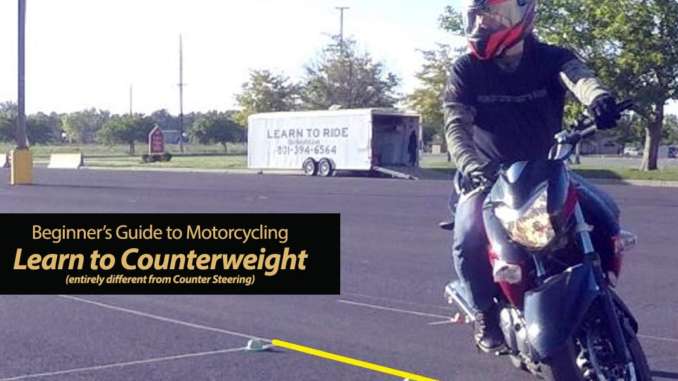

Counterweighting: Tight Turns, Tight Skills
One of the best tools in a motorcyclist’s arsenal is the low-speed maneuver known as counterweighting. This technique helps you manage your bike in small spaces like parking lots or driveways, and keeps you safe and precise when turning at intersections. Best of all, it’s easy to learn.
For more structured lessons, see the Total Motorcycle Beginner’s Guide to Motorcycling.
Wrong Rights
A video of a large group ride inspired this section. At a T-intersection, nearly 40% of riders failed to complete a simple 90° right turn within their lane, drifting wide into the far lane. This highlights how many riders struggle with tight, low-speed turns.
“In the same way that leaning our body into a turn can help us take it faster, leaning out of a turn can help us take it slower. We call this counterweighting.”
Excuses
Many riders dismiss low-speed maneuvers as unnecessary or too difficult. Common myths include: “my bike is too big for tight turns” or “just don’t park where you can’t get out.” These false beliefs can be dangerous. A poorly executed turn-from-stop (TFS) can cause accidents.
Fortunately, counterweighting is an easy, effective technique that works on any size bike. It’s not about strength, it’s about body position and balance.
*Note: Counterweighting is not the same as countersteering. Countersteering is for higher-speed cornering, while counterweighting is only appropriate at very low speeds (crawl to ~8 mph / 12 km/h).
Counterweighting While Rolling
As you approach a tight turn:
- Lean forward at the waist to create slack in your elbows and extend your reach.
- Turn your head fully in the direction of the turn. Your bike follows your chin, look where you want to end up.
- Turn the handlebars (not lean them) at low speeds.
- Shift weight to the outside peg or brace with your outside knee against the tank. Lean your upper body out from the apex of the turn.
The more you lean your body out, the deeper the bike can lean in. With practice, you’ll reach full lock turns smoothly.
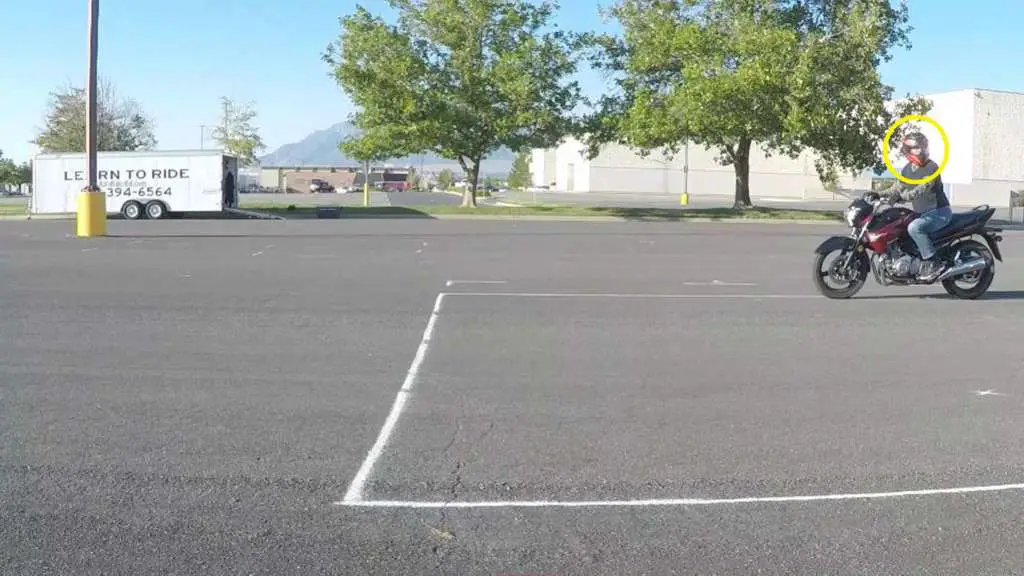
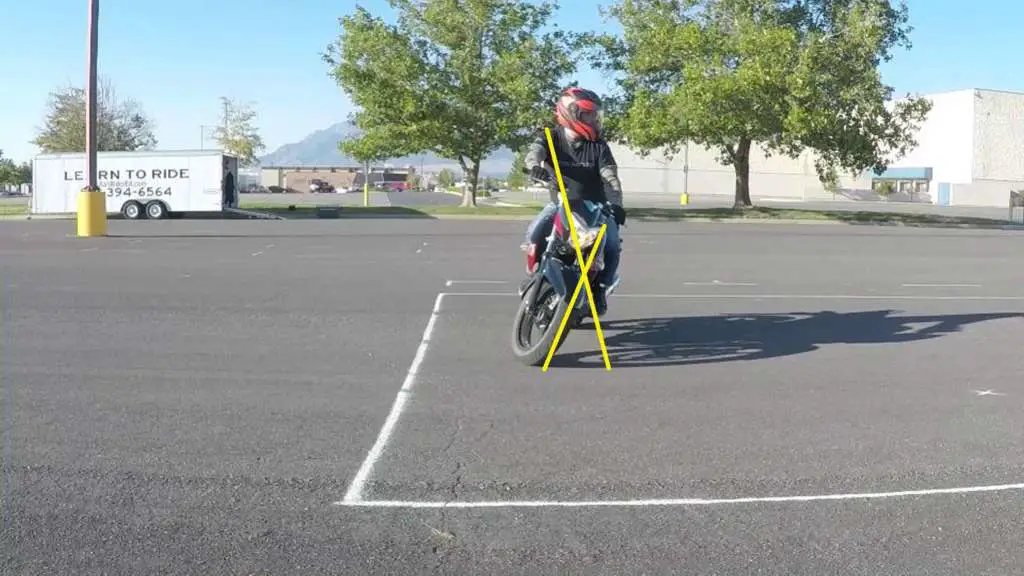
Riders with laid-back positions may find it harder to press down on the pegs. In that case, use your outside knee against the tank to brace and shift your upper body out.
This technique is easy to learn and instantly effective. The best way to refine it is under the guidance of an MSF RiderCoach.
Counterweighting From a Standstill
To initiate a counterweight turn from a stop:
- Turn the handlebars slightly into the turn.
- Lean your upper body out and rotate your chest into the turn.
- Apply a touch of throttle before easing out the clutch to make the friction point more responsive.
- Once moving, shift weight to the outside peg or knee and continue looking through the turn.
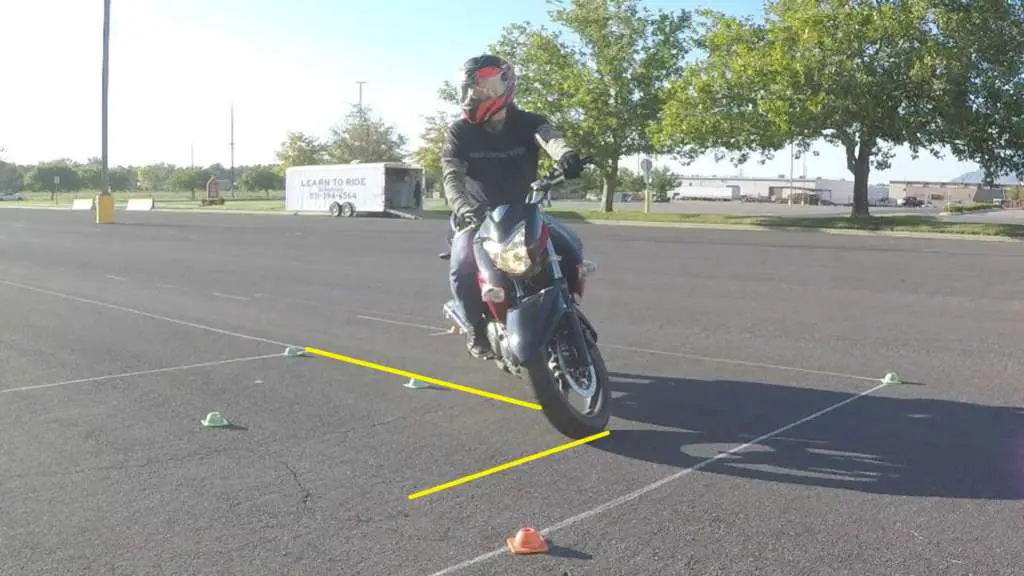
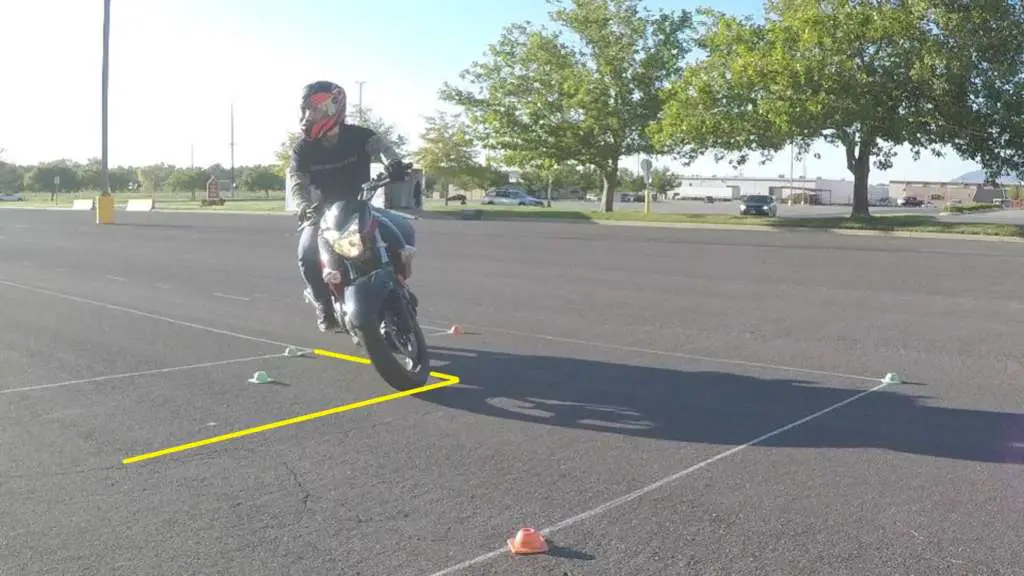
But So-and-So Said…
Some riders argue against counterweighting, claiming it sacrifices ground clearance and that leaning in is better. It’s true that skilled riders can perform tight circles with extreme lean angles, even dragging a knee at low speed. But that’s a parlor trick, not a practical solution for everyday riding.
At a dead stop or in a tight intersection, counterweighting is far more effective. It’s simple, requires no special training beyond practice, and works on any size bike. If you can stand on one foot, you can counterweight a motorcycle.
You Need Professional Help
Counterweighting is easy to learn and instantly effective, but the best way to refine the skill is under the trained eye of an MSF RiderCoach. Professional instruction ensures you’re practicing correctly and safely.
Visit MSF-USA.org to find an accredited Motorcycle Safety Foundation provider near you. If you’re in Utah, check out Utah Rider Ed, the school I teach with.
New riders should sign up for the Basic RiderCourse (BRC). Experienced riders can benefit from the BRC2. Both courses cover a wide range of essential skills beyond counterweighting, helping you become a safer, more confident motorcyclist.
Eric Leaverton is a management and labor relations specialist from the city of Harrisville, Utah, United States. He is an avid reader of fiction and non-fiction, and in his spare time enjoys riding motorcycles with his wife and raising their three children. Eric is also a product reviewer and field correspondent for Total Motorcycle Web. For more pictures, stories, and background, you can read his blog in the Total Motorcycle forums here:
To Ride An Iron Horse (link opens in new tab)


